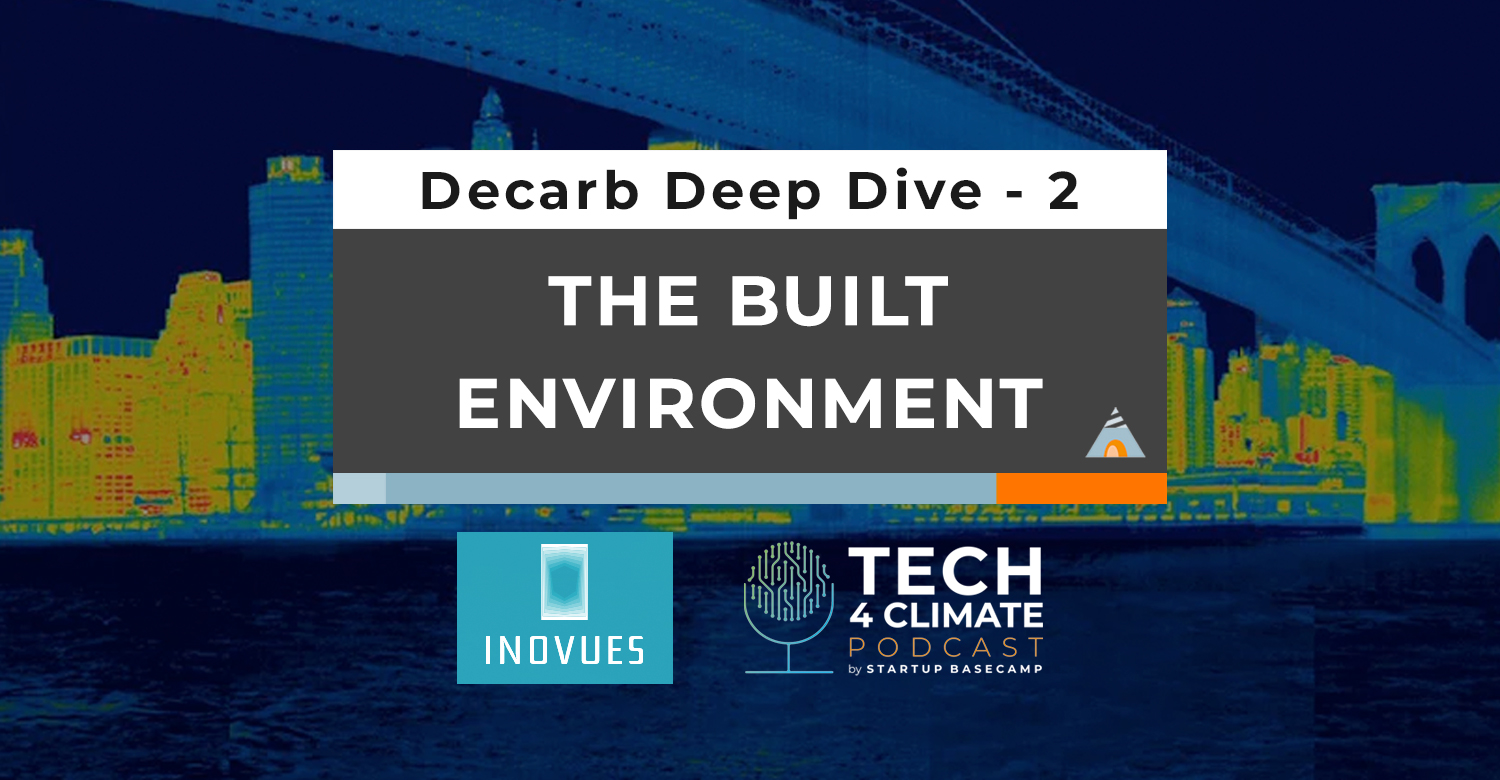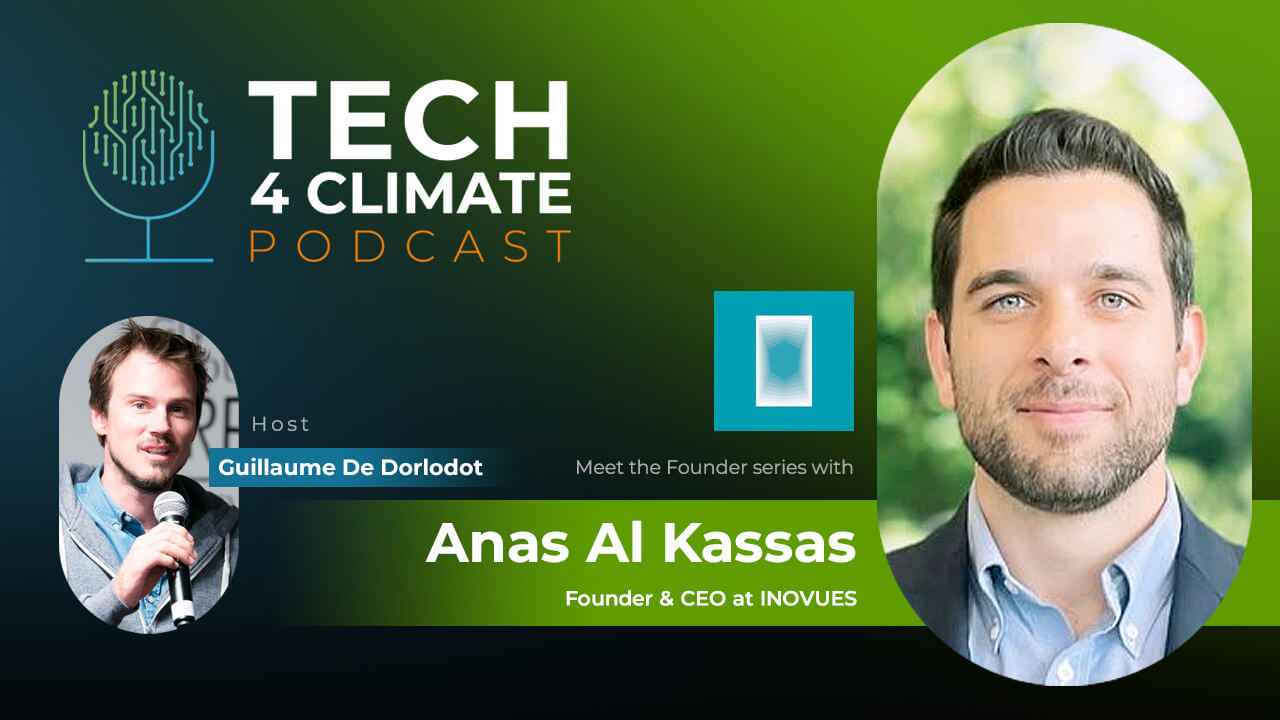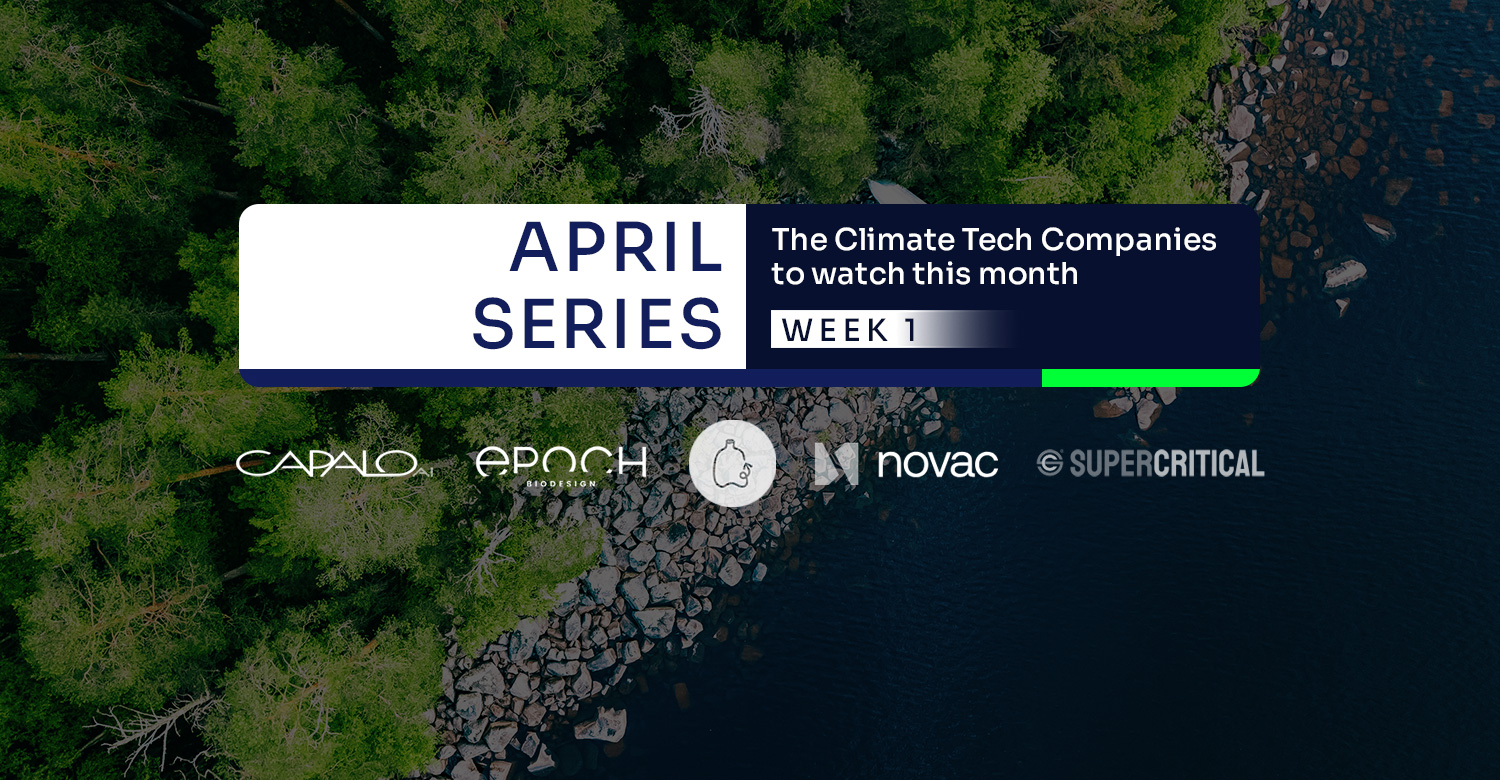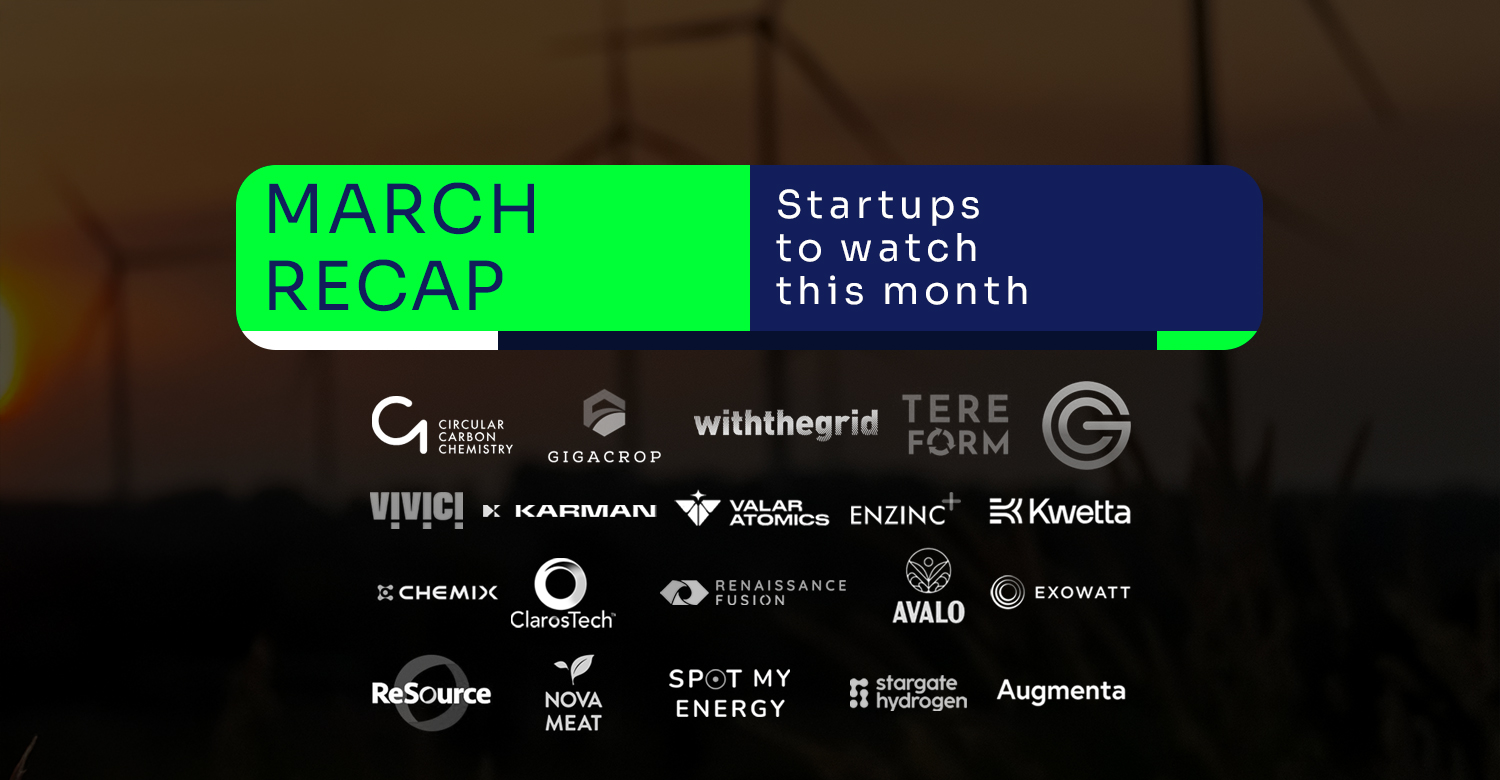As we confront the pressing challenge of climate change, the need to improve energy efficiency in buildings becomes evermore critical. The built environment is a substantial source of energy consumption and, consequently, greenhouse gas emissions. In turn, retrofitting building facades, is an important process in energy efficiency that is often overlooked.
Inovues is a company redefining the standards of existing building retrofits has an approach that transcends traditional methods via scalable, cost-effective, and easy-to-install retrofit technologies. These innovations are crucial in transforming existing buildings to meet and even exceed modern energy standards, thereby contributing significantly to our net-zero targets.
As we explore the depths of this subject, we’ll uncover the macro issue of energy inefficiency in existing buildings – and the innovative solutions brought forward by Inovues. We will also navigate through the market dynamics, regulatory frameworks – as well as hearing the inspiring story of Anas Al Kassas, the visionary behind Inovues.
Join us to unravel how retrofitting building facades and windows is not just an engineering challenge but a vital step towards a sustainable future.
1. Addressing the Macro Issue: Energy Inefficiency of Existing Buildings
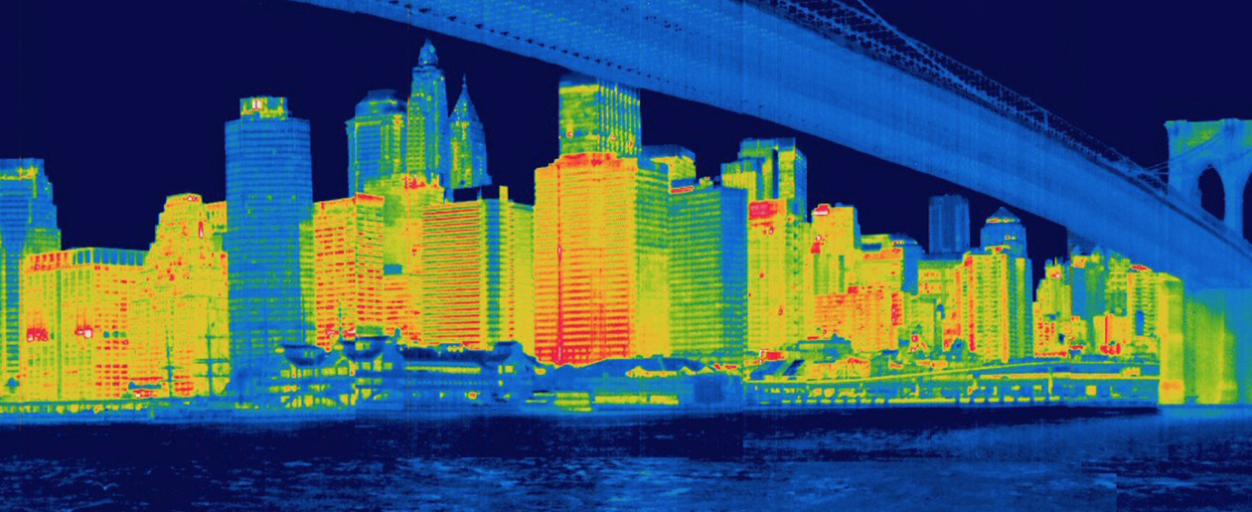
2. Innovation Snapshot: Retrofitting Building Facades and Windows
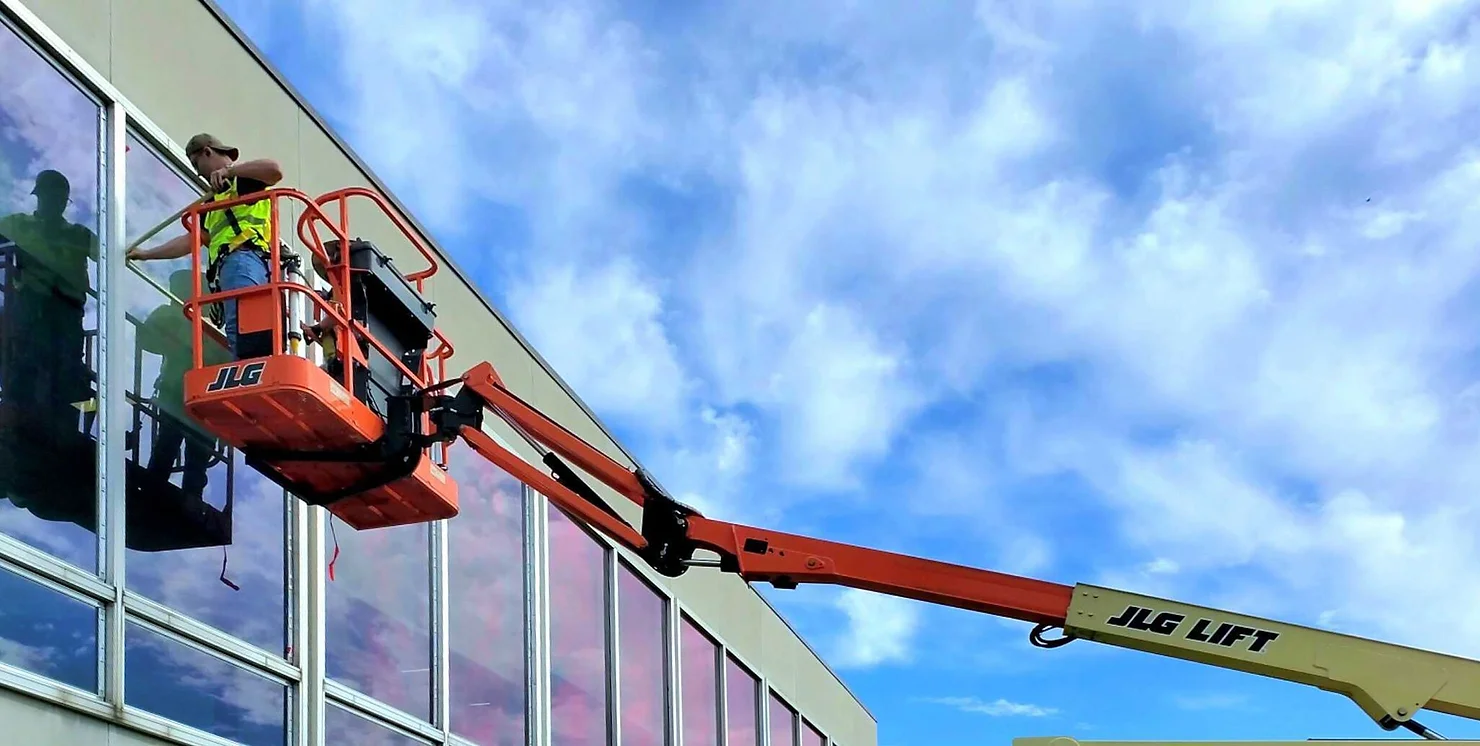
Inovues stands out in the sustainable construction landscape with its groundbreaking approach to upgrading existing building facades and windows. Their mission is to enhance energy efficiency without the need for complete replacement, which is often cost-prohibitive, environmentally detrimental, and unsustainable in both the short and long term.
Inovues observed that many building materials, such as glass and metal, have a lifespan extending centuries, yet are frequently discarded due to the deterioration of more vulnerable components like sealants and gaskets. Their innovation focuses on upcycling and retrofitting these durable materials to modern performance standards.
The market previously lacked solutions that didn’t require glass replacement or major overhauls of facade systems. Inovues fills this gap with a technology that can be added to existing structures, compatible with various window systems and facades, and agnostic to glass technologies. This adaptability means it can incorporate current and future advancements in glass and insulation technology, making facades not just repaired but upgraded.
3. Understanding the Market Dynamics and Incentives
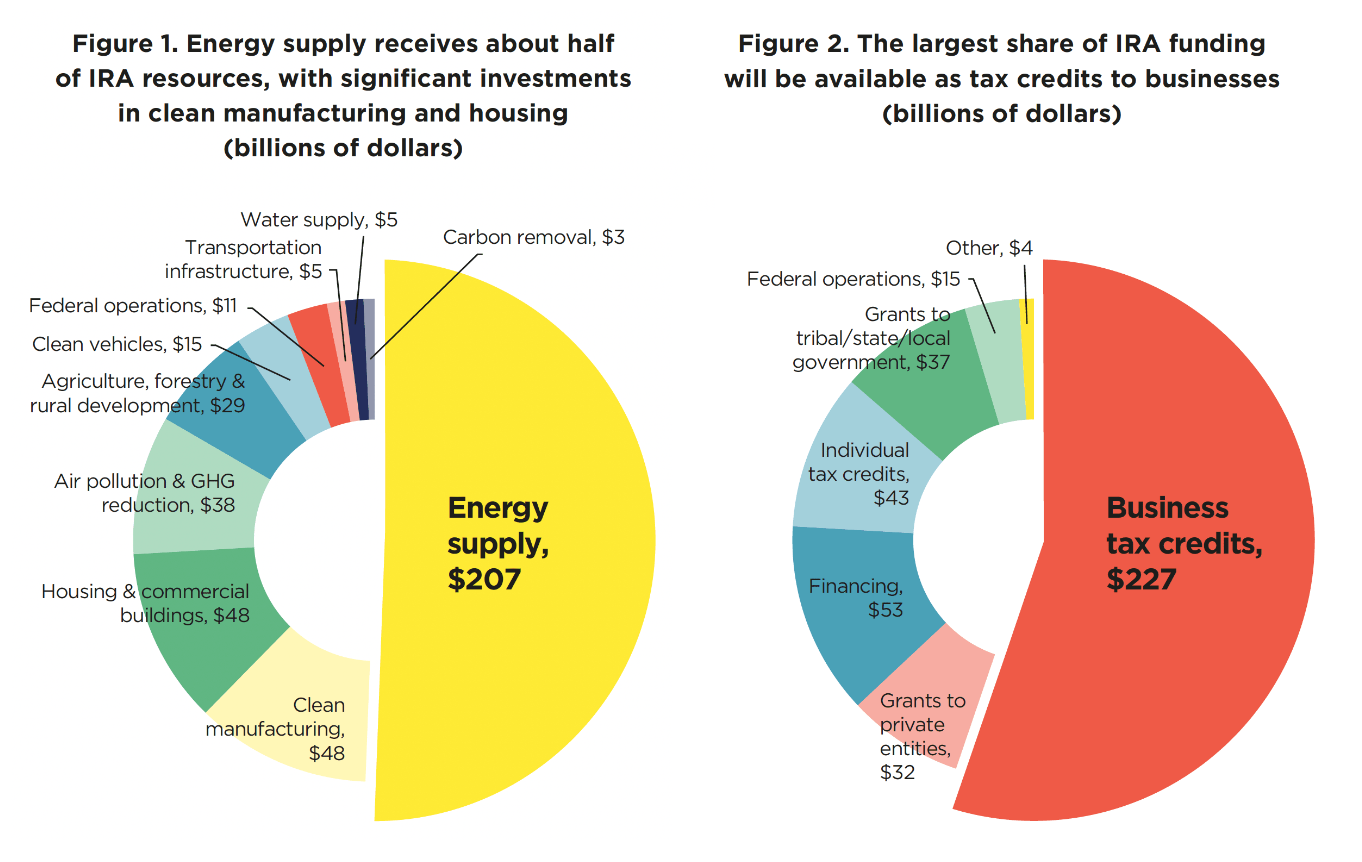
4. Navigating the Regulatory Landscape
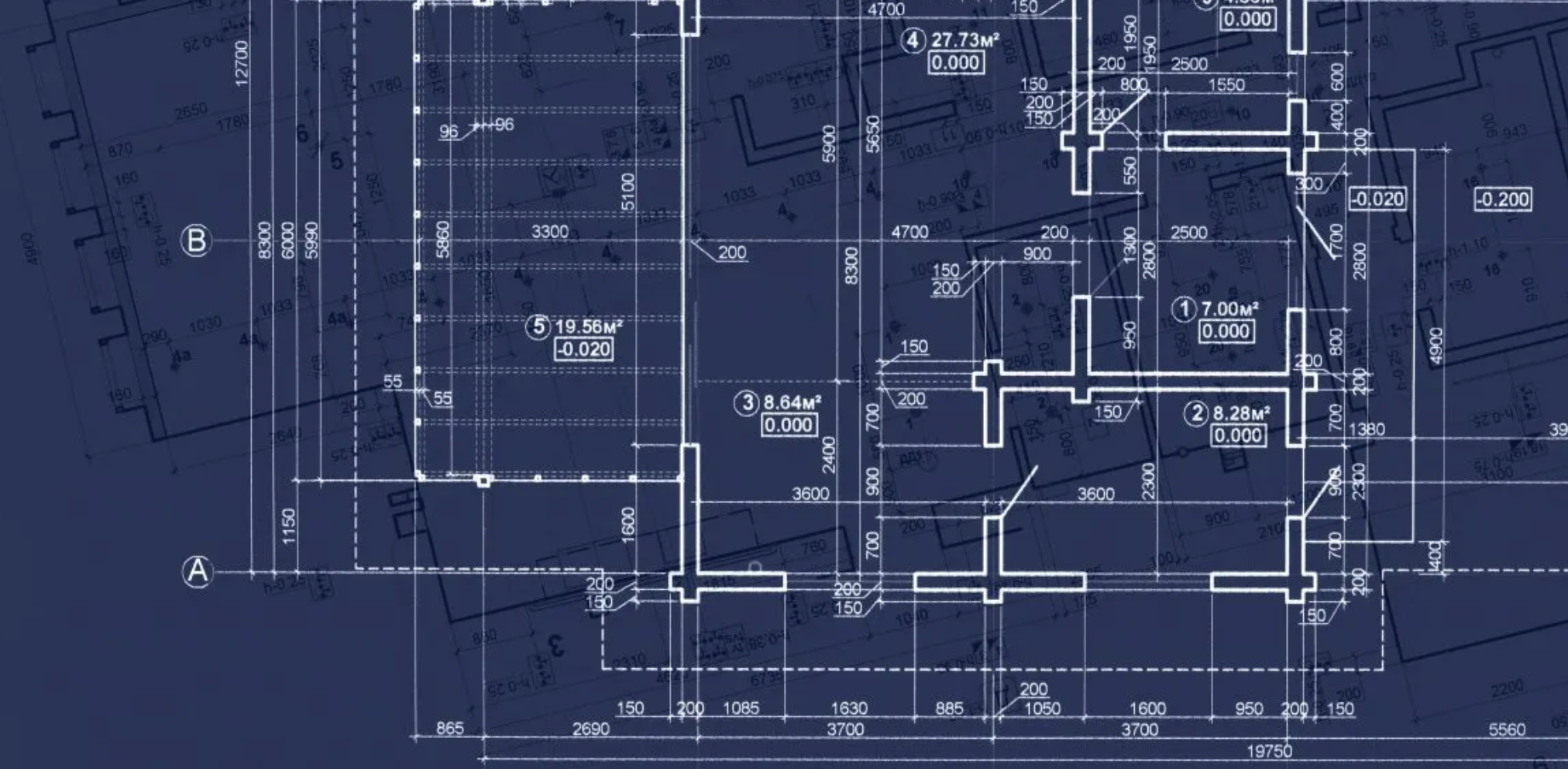
5. Meet the Visionary
6. Fundraising Insights
About the “Decarb Deep Dive” Series
At Startup Basecamp, we’re diving deep into the intersection where technology meets climate action, through our engaging series of blog posts inspired by conversations from our “Tech 4 Climate Podcast.”
Through the lens of our podcast, we’ve had the incredible opportunity to converse with a diverse array of climate tech founders, seasoned investors, and industry experts hailing from Silicon Valley and beyond. Their stories, journeys, and insights into the climate tech industry have been nothing short of inspiring.
We’re thrilled to share this wealth of knowledge with you through our new blog series which meticulously dissects each conversation into six pivotal aspects:
- Addressing the Macro Issue: We begin by assessing the larger problem at hand, analyzing how specific sectors contribute to climate change and the corresponding data.
- Innovation Snapshot: Then we navigate through the existing landscape of solutions – spotlighting the leading innovations shaping the industry.
- Market Dynamics & Incentives: A closer look at the market reveals the organizational structures and incentives steering its course.
- Navigating Regulatory Landscape: We demystify the intricate web of regulations, providing you with insights into how legislative tailwinds impact the sector.
- Meet the Visionaries: A personal rendezvous with the brilliant minds behind the initiatives, delving into their stories.
- Fundraising Insights: We unravel the fundraising journey, presenting insights and invaluable tips from successful players.
This series promises to be a rich in insights, stories, and actionable knowledge, serving as a comprehensive guide for those looking to further immerse themselves in the climate tech ecosystem.
